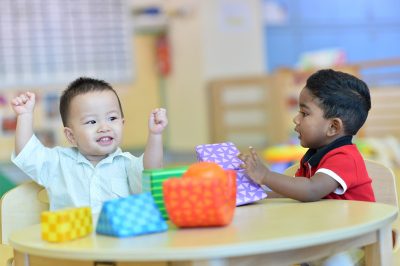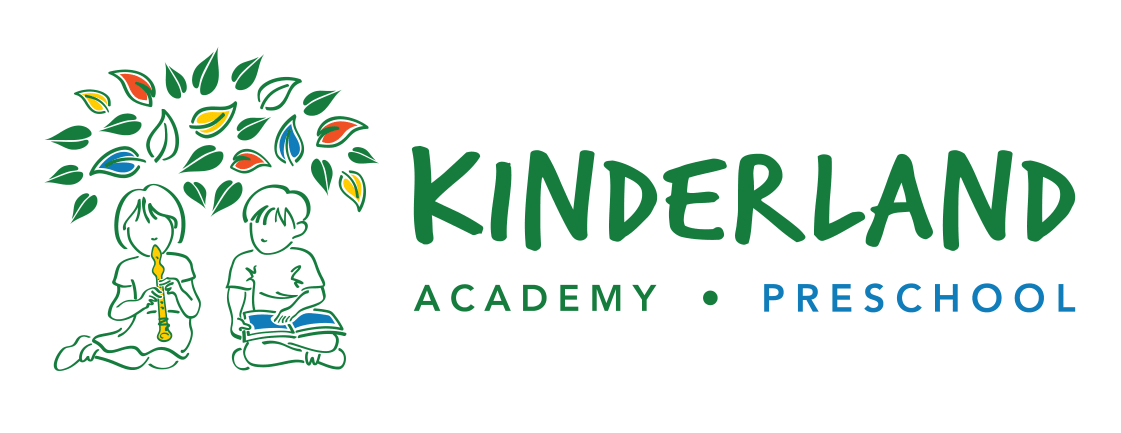Benefits of COMMUNICATION for Infants and Toddlers
Infants communicate through vocal sounds, gestures, and facial expressions. As they grow, their exposure to words spoken to them help build an expanded vocabulary. A baby’s exposure to quality interactions between infants and adults provide valuable learning experiences for the child.
When a young infant is trying to make connections through babbles and cooing, adults could encourage such “conversations” by being attentive. Responding with questions and suggesting answers such as “Oh, are you feeling hungry? Perhaps you would like to have your milk soon!”, help to make the young child feel important and loved.

Research has shown that an infant care in a preschool setting offers abundant opportunities for communication with both adults and child conversational partners. Teachers who are responsive, respectful and reciprocal offer children new words and expressive language from their daily interactions and conversations.
Improving young children’s communication means increasing their vocabulary, and helping them to express themselves with the correct words. This is achieved through daily dialogue, reciting rhymes, singing songs and reading stories to them at home and in school.
Why is reading and early literacy important for infants and toddlers?
Listening to a story helps children evoke strong feelings for the storyteller and brings about a deep connection between them. Parents may tell folktales and imaginative stories, read traditional ones such as Rainbow Fish as great communication starters. While listening to stories repeatedly, children learn story structures, purposes, intent and intonations which will help them write well in school in the future.
In Kinderland, young infants have opportunities to explore cloth and board books physically through handling and watching how others interact with the books around them. Older infants will turn the pages of the books, pointing and seeking names of pictures from our attentive infant teachers. Early exposure to books, images, stories, rhymes and words helps children to enjoy books and find interest in print, which is important for school and life.


